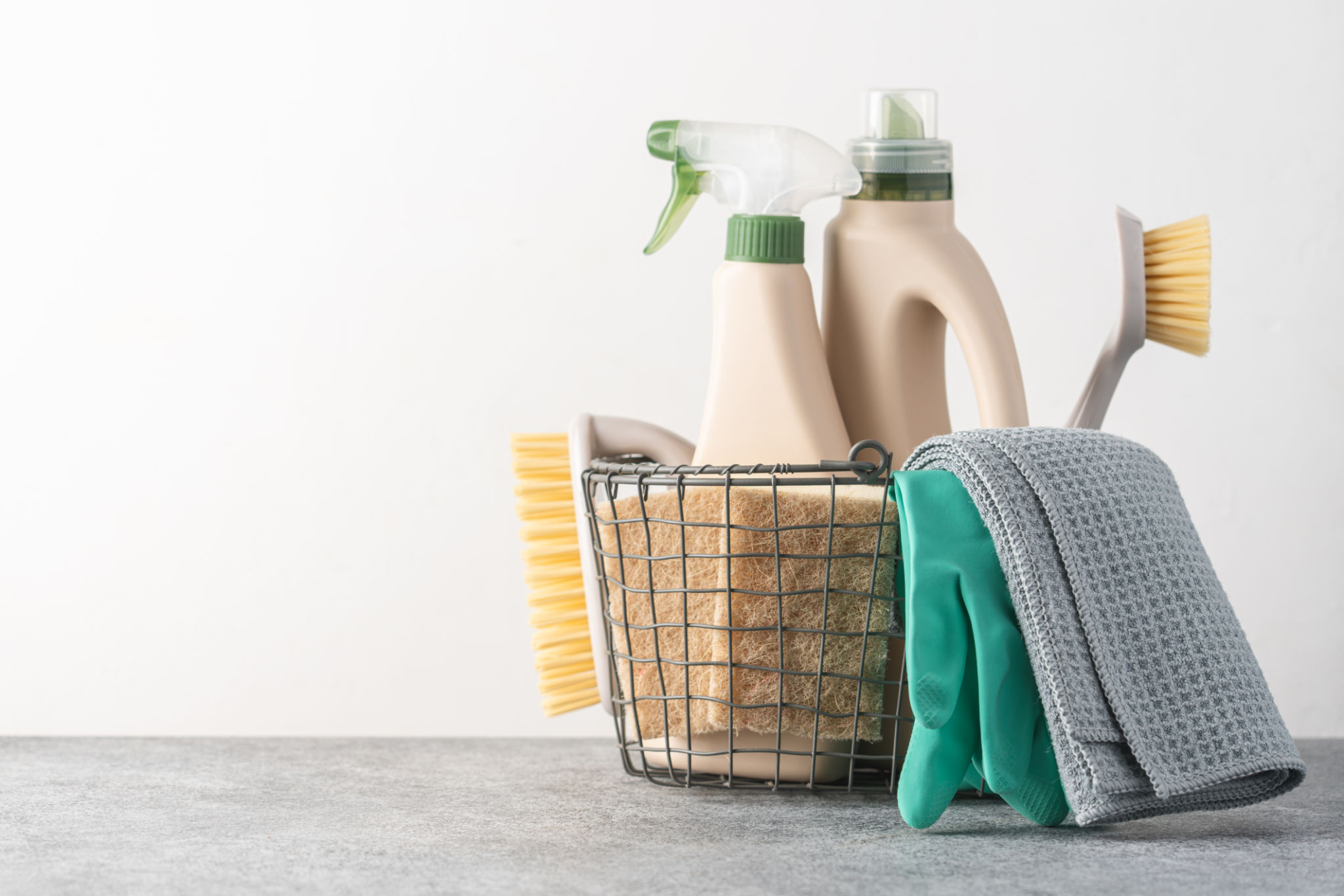Eco-Friendly Home Solutions: Transitioning to a Toxin-Free Kitchen
Why Transition to a Toxin-Free Kitchen?
In recent years, there has been a growing awareness of the impact that everyday household products have on our health and the environment. One of the most important areas to consider is the kitchen, where we prepare the food that fuels our bodies. Transitioning to a toxin-free kitchen is not only beneficial for your health but also for the planet. By eliminating harmful substances, you can create a safer, healthier environment for your family.
Many conventional kitchen products contain chemicals that can leach into food or air, potentially causing a range of health issues. By choosing eco-friendly alternatives, you're taking a proactive step towards reducing your exposure to these harmful substances and supporting sustainable practices.

Start with Your Cleaning Products
One of the simplest ways to begin your transition is by swapping out conventional cleaning products for eco-friendly options. Many commercial cleaners contain harsh chemicals that can leave residues on surfaces and release volatile organic compounds (VOCs) into the air.
Consider making your own cleaning solutions using natural ingredients like vinegar, baking soda, and lemon juice. These ingredients are effective at cutting through grease and grime while being gentle on the environment. Alternatively, look for store-bought products labeled as non-toxic or certified by environmental organizations.

Choose Safe Cookware
Your cookware plays a vital role in maintaining a toxin-free kitchen. Non-stick pans, for example, often contain perfluorinated chemicals (PFCs), which can release toxic fumes when heated. Opt for safer alternatives like stainless steel, cast iron, or ceramic cookware that don’t have these concerns.
These materials not only provide a safer cooking experience but also tend to be more durable and long-lasting. Investing in high-quality cookware can save you money in the long run while ensuring a healthier kitchen environment.
Mindful Food Storage
Plastic containers and wraps are common in many kitchens, but they can leach harmful chemicals into your food, especially when heated. To minimize this risk, switch to glass or stainless steel containers for food storage.
Glass containers are not only free from harmful chemicals but also do not absorb odors or stains. Stainless steel offers durability and is a great option for on-the-go meals. Additionally, beeswax wraps are an excellent sustainable alternative to plastic wraps for covering dishes or wrapping sandwiches.

Embrace Organic Ingredients
Another way to reduce toxins in your kitchen is by choosing organic ingredients whenever possible. Organic foods are grown without synthetic pesticides, herbicides, or fertilizers, reducing the chemical load on your body and the environment.
By supporting organic farming practices, you contribute to biodiversity and soil health. Additionally, organic produce often tastes better and is fresher, providing a more enjoyable dining experience for you and your family.
Reduce Plastic Waste
Reducing plastic waste is another crucial aspect of maintaining an eco-friendly kitchen. Single-use plastics contribute significantly to environmental pollution and can take hundreds of years to decompose.
Consider using reusable cloth bags for groceries, investing in a water filter to avoid bottled water, and opting for biodegradable trash bags. Small changes like these can significantly impact reducing your kitchen's plastic footprint.

Concluding Thoughts
Transitioning to a toxin-free kitchen is a rewarding journey that benefits both your health and the environment. While it might seem overwhelming at first, taking small steps towards eco-friendly choices can lead to significant changes over time.
By adopting these practices, you're not only creating a safer space for your family but also contributing to a more sustainable world. Remember, every change counts, and together we can make a difference.
